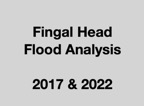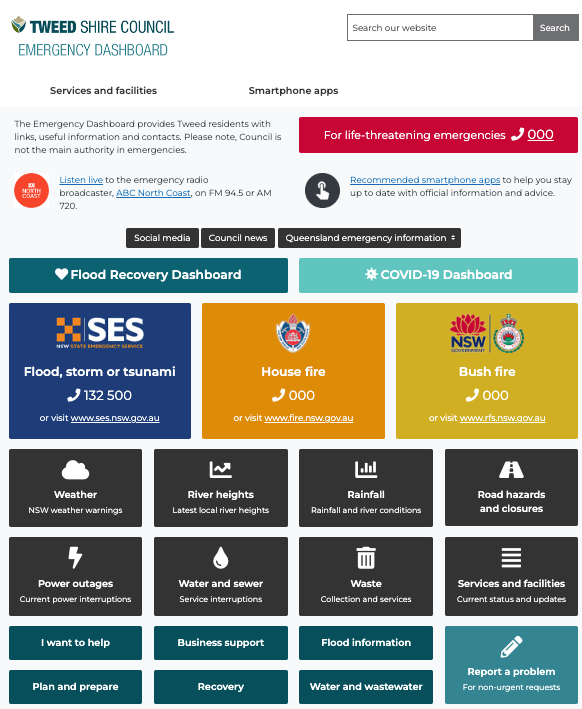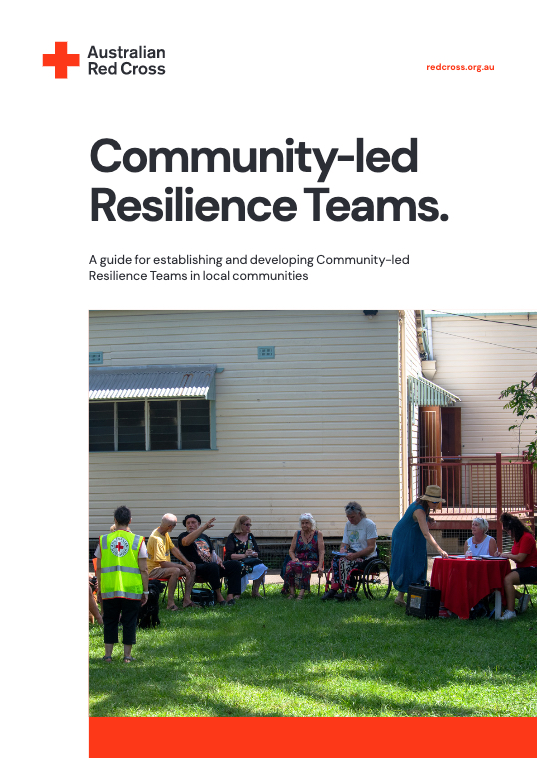Fingal Head Flood Analysis
The Fingal Head Community Association investigated recent historical flooding events that have occurred in our Fingal Head Community in northern Rivers New South Wales as part of our Community Resilience Initiative.
The river flood data required was provided by the Bureau of Meteorology, in accordance with the FOI Act relating the historical River Height data for the:
1. Tweed River at Chinderah (mAHD) – Station number 558010 2. Tweed River at Tumbulgum (mAHD) – Station Number 558014
For the periods:
- Cyclone Debbie from the period 10am March 30, 2017 to 10am April 2, 2017
- Major rain bomb event in northern rivers from the period 10am Saturday February 26, 2022 to 10am Friday March 4, 2022
Additional river flood data has been provided by the Tweed Shire Council using data sourced from Manly Hydraulics P/L
Flood-Analysis-2017-2022NOTE: The 1st flood peak that occurred at Tumbulgum on the Thursday night, 3 days before Fingal Head flooded.







